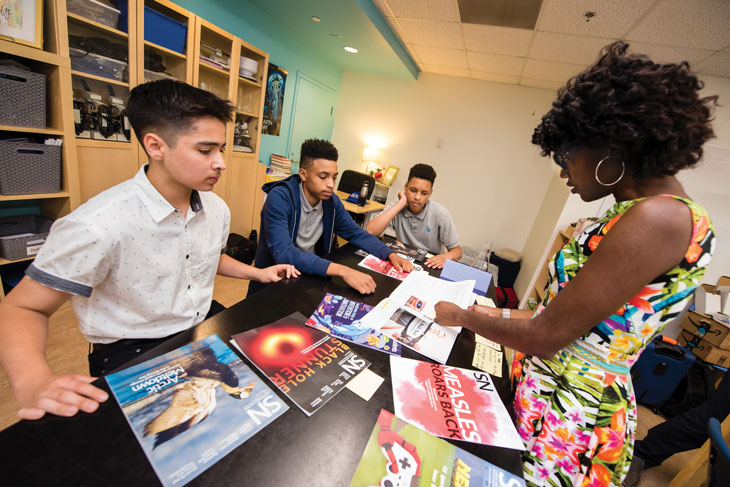Science News in High Schools inspires teachers and students

Jessica Yurinko/SSP
Launched in 2015, the Science News in High Schools, SNHS, program brings Science News magazine to high schools across the United States and around the world. As part of a larger commitment to creating a more scientifically literate society, the program offers teachers and students access to the latest in-depth reporting on science, technology and health topics, transforming how students and educators interact with science in the classroom.
Participating high schools receive:
- 10 print copies of each Science News magazine issue published during the academic year
- Digital access to Science News and Science News for Students archives
- Digital Educator Guides supplementing each issue
- E-newsletters highlighting SNHS content
- Access to an online educator community
Highlights from the 2018–2019 Science News in High Schools academic year:
- 4,700 schools participated in the 2018–2019 academic year
- 4 million students had access to SNHS
- 97% of teachers reported that SNHS is useful in their classroom
- 15,000 high school educators received SNHS program content
Interested in having your school considered for future participation in this program? Fill out our interest form: www.societyforscience.org/SNHS_interest_form
Individuals or organizations can sponsor one or several high schools, or schools can sponsor themselves.
Learn more: www.societyforscience.org/sponsor-science-news-high-schools